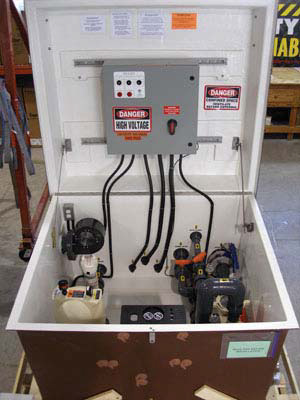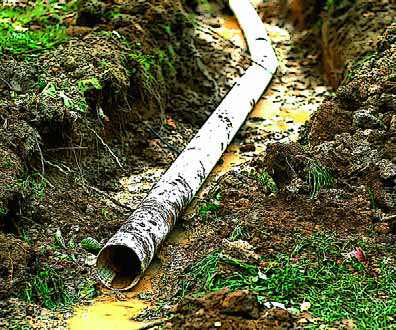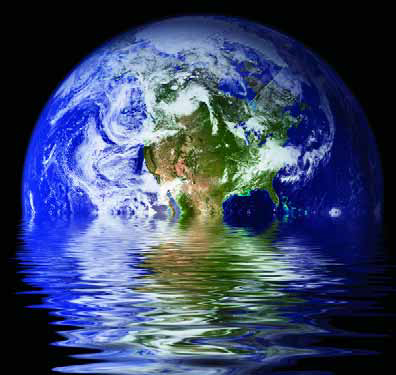conservation
It's not all that often that I use WaterShapes World to discuss a specific item appearing in our current newsletter, but this time I can't resist: The first in a series of three great articles appears in this edition, and I want to call as much attention to it as I can. In my last blog (click here), I wrote about the important lessons water-oriented professionals have learned through coping with
We've had lots of rain and snow in California in recent weeks. So much precipitation, in fact, that nearly half the state is now officially out of the drought emergency that has bedeviled the state for the past six years. If current weather patterns persist through the spring, chances are good that the entire region will be breathing easier for a while. This is fantastic news for watershapers of every description who
Given what I do for a living, it's fortunate that I have a deep and abiding love of water. I enjoy being in, on and near it. I even like water in the forms of mist and fog. I must declare, however, that living in the Pacific Northwest for more than three years in the early 1980s put me off a similar love of rain and, more specifically, led me to loathe
Roman Fountains (Albuquerque, NM) has released a four-page brochure filled with information on its systems…
I’ve expended lots of ink in recent issues extolling the virtues of good water management, but that’s nothing new: Through the years, in fact, I’ve written copiously about the need for conservation and sensible stewardship of the most precious of our natural resources. And this all makes sense, given both the needs of our society and the fact that we who read and write for WaterShapes all derive some portion of our livings from the work we do with water. On those levels and more, water may be seen as our
If you’re like most people, you probably don’t give much thought to where the water we drink originates. Our supplies of this precious commodity are so reliable, ample and safe that we mostly just go to the tap and use what we need. I was once that carefree, but no more. As I see it, ignorant bliss is actually inexcusable these days, not only because each of us needs a ready supply of potable water to survive and maintain the quality of our lives, but also because
Have you had just about enough of the current chatter about the environment? Have the terms “global warming,” “carbon footprint” and “sustainable landscape” become more irritating to you than they are inspiring? If so, all I can say is that I don’t think you’ll like the future. Indeed, for those of you who’ve spent the last little while waiting for the Green Revolution to fade away need to set aside any hope that it’s just a fad – just some trumped-up, pop-culture phenomenon that will go away as suddenly as it came to prominence. In fact, the green movement – or whatever you want to call it – is rapidly on its way to
In recent centuries, watershapers have done a tremendous job of figuring out how water behaves in visual and aural terms and learned how to use those characteristics to make strong aesthetic impressions. Now that we’re entering an era in which environmental concerns are of increasing importance, however, we’re being challenged to think differently about water, how it affects us physically and the essential role it plays in maintaining a healthy world. That challenge is not insubstantial: As a species, we’ve done a great deal to squander water as an asset, whether by contaminating and otherwise polluting natural bodies of water or by treating pools and other watershapes with harsh chemicals. Isn’t it ironic that spas, which exist primarily so we can


















